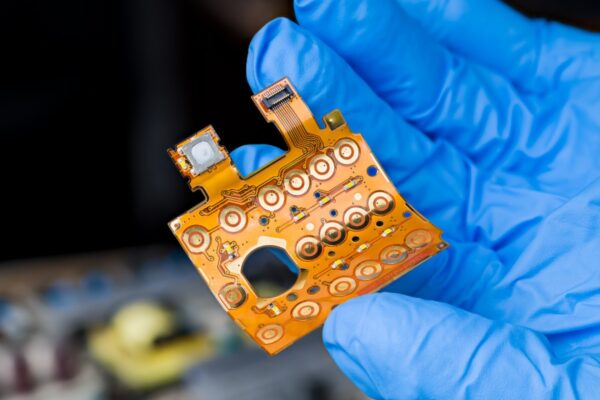What is Conductor Base Width
Conductor base width is the minimum width of the conductive pattern that determines the width of the conductive traces or tracks on the PCB.
As per the IPC-6012C-2010 standard, when the conductor width is not explicitly specified on the master drawing, the minimum conductor width should be 80% of the conductor pattern provided in the procurement documentation. This standard also addresses the presence of conductor imperfections, such as cracks, splits, or tears, which are not permissible.
The standard also outlines guidelines for allowable reduction in conductor width due to misregistration or isolated defects like edge roughness, nicks, pinholes, and scratches. The extent of reduction in width should not exceed a certain percentage of the minimum conductor width, which varies based on the classification of the PCB (Class 1, Class 2, or Class 3).
To illustrate, let’s consider an example where a 10 mil trace has a minimum trace width of 8 mils (80% of the conductor pattern). If there are pinholes within this 8 mil trace, the additional reduction in width due to the pinholes would be calculated as 20% of the 8 mils, resulting in a total reduction of 1.6 mils. Consequently, the final acceptable trace width would be 6.4 mils.





